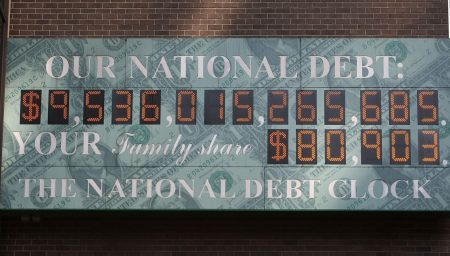Financial psychology, a burgeoning field within financial planning, emphasizes the profound influence of our inner world, specifically our “money personality,” on our financial decisions and overall well-being. Understanding our unique relationship with money, often shaped by ingrained beliefs and emotional responses, is crucial for making sound financial choices and nurturing healthy relationships. Just as our individual personalities shape our interactions and perceptions in other areas of life, our money personality dictates how we earn, spend, save, and even talk about money. Ignoring this internal landscape can lead to financial distress and interpersonal conflict, particularly within intimate partnerships where differing money personalities often collide.
The “Money Worlds” model, developed by Dr. Miriam Tatzel, offers a valuable framework for understanding these diverse money personalities. This model identifies four distinct money worlds based on two key characteristics: the degree of looseness or tightness with money, and the degree of materialism. “Looseness” refers to one’s willingness to spend money, ranging from eager spenders to those reluctant to part with their funds. “Materialism,” in this context, describes the extent to which individuals derive pleasure from material possessions. These two dimensions intersect to create the four distinct Money Worlds: Value Seeker, Non-Spender, Big-Spender, and Experiencer. Recognizing one’s own Money World and that of others provides a powerful tool for navigating financial discussions and resolving money-related conflicts.
Value Seekers, characterized by tightness with money and high materialism, are meticulous researchers and savvy shoppers. They believe higher prices often signify higher quality and are willing to invest time and effort in securing the best deals on desired items. They find satisfaction in acquiring quality goods at the best possible price, often spending considerable time comparing prices and searching for discounts. Non-Spenders, on the other hand, are both tight with money and low in materialism. They experience spending as painful and avoid it whenever possible, often viewing price as a negative indicator of value. Their satisfaction comes from minimizing expenditures and accumulating savings, often prioritizing frugality over material possessions.
Big Spenders, characterized by looseness with money and high materialism, find joy in acquiring possessions and often use spending as a means of connecting with themselves and others. Material possessions serve as a medium for experiencing and enjoying life, and they are willing to spend freely to acquire them. While not inherently negative, this Money World can pose financial risks, particularly if spending exceeds income and leads to reliance on consumer debt. Experiencers, the fourth Money World, are loose with money but low in materialism. They prioritize experiences and personal growth over material possessions, viewing money as a tool to facilitate these pursuits. They are more likely to spend on travel, education, or personal development activities than on acquiring material goods, often valuing mobility and flexibility over owning large, fixed assets.
Just as individuals may exhibit different facets of their personality depending on the situation, our Money World can also fluctuate. We have a “core” Money World, which represents our typical approach to money, and a “wing,” which represents a secondary Money World we may adopt under stress or in specific circumstances. Understanding our wing allows us to anticipate potential financial pitfalls and develop strategies for maintaining healthy financial habits, even when under pressure. For example, an Experiencer might find themselves adopting Non-Spender tendencies during times of financial insecurity, becoming overly restrictive with spending even on essential experiences.
A crucial aspect of utilizing the Money Worlds framework is recognizing the validity of each Money World. While different approaches to money can lead to conflict, judging another person’s Money World is counterproductive. Each Money World has both positive and negative aspects, and understanding these nuances can foster empathy and facilitate constructive communication. For example, while a Non-Spender might view a Big Spender’s spending habits as reckless, the Big Spender might bring a valuable sense of generosity and hospitality to the relationship. Similarly, a Value Seeker’s meticulous approach to spending might be perceived as stingy by an Experiencer, but their careful budgeting can contribute to long-term financial stability.
Ultimately, fostering healthy financial relationships requires self-awareness and acceptance of others. By understanding our own Money World, including its potential pitfalls, and appreciating the diverse perspectives of others, we can navigate financial discussions with greater empathy and effectiveness. This understanding allows us to address the root causes of money-related conflicts, focusing on shared financial goals and developing strategies that respect each individual’s unique relationship with money. Instead of criticizing or judging different Money Worlds, we can learn to leverage the strengths of each approach and create a more harmonious financial environment, both within ourselves and in our relationships with others.










